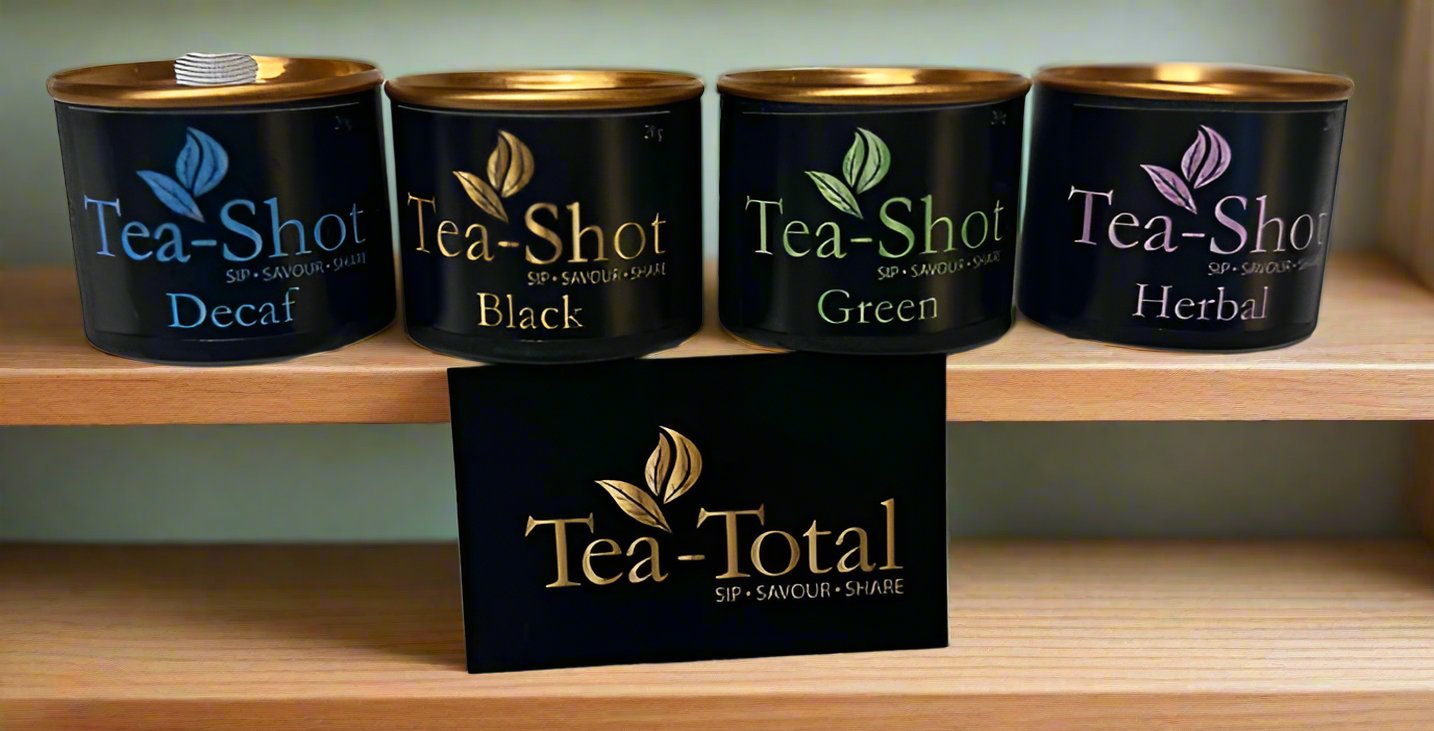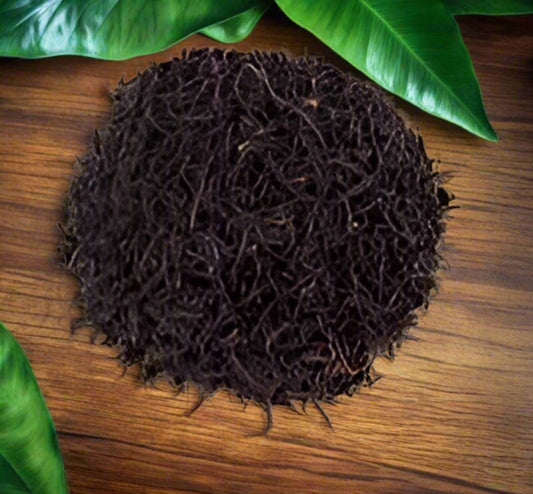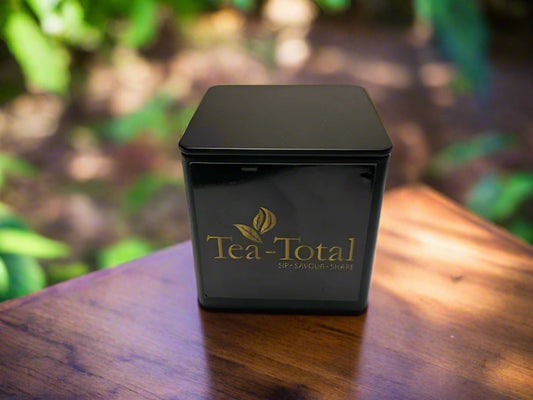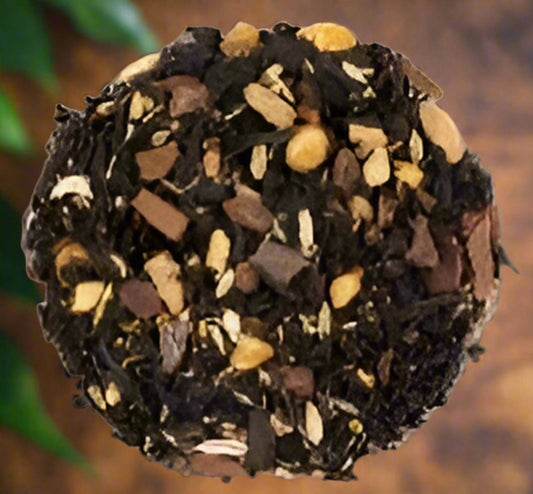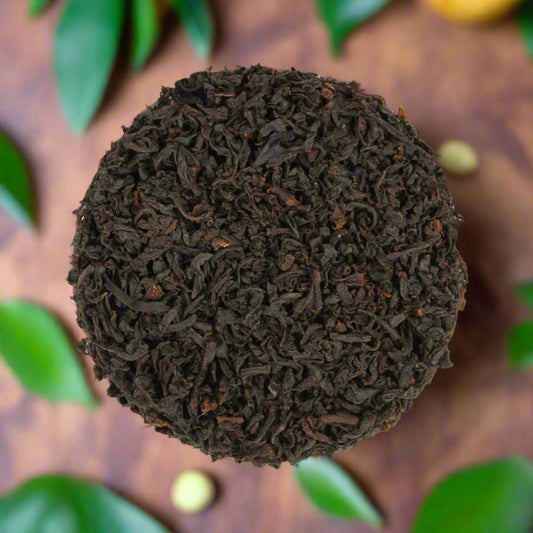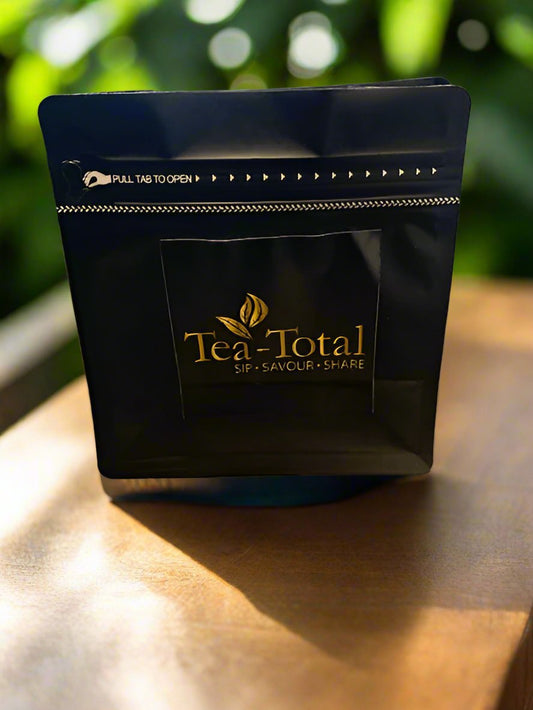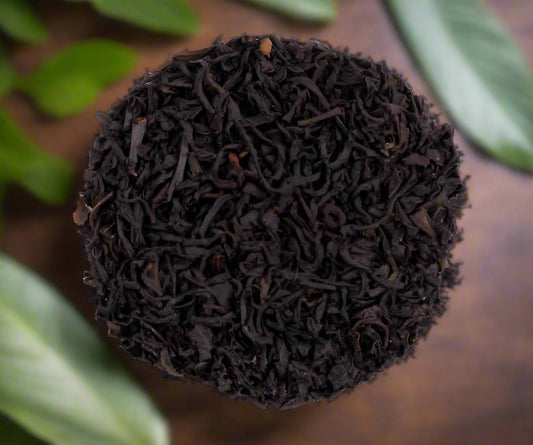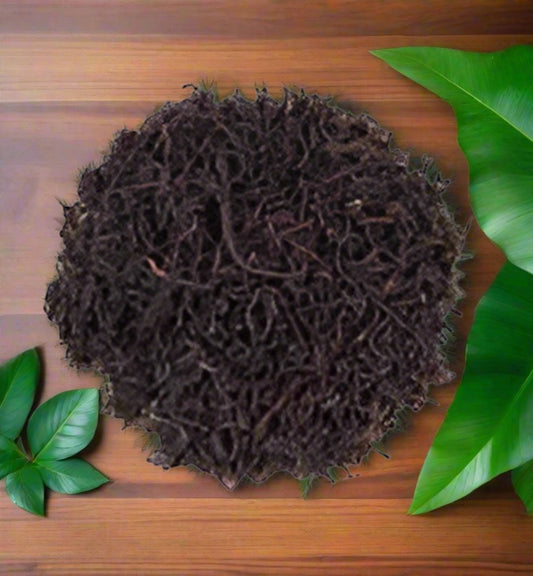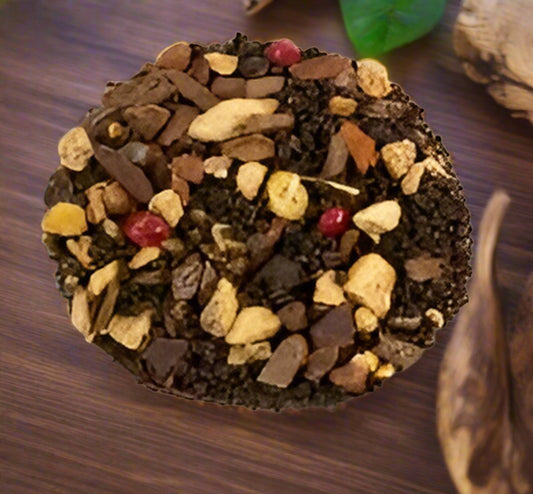Black tea, a beloved beverage enjoyed by millions around the globe, is more than just a drink—it’s an Experience. From its robust flavour to its numerous health benefits, black tea has stood the test of time as a staple in households and cafes alike. Let’s dive into what makes black tea so special and why it deserves a place in your daily routine.
Black tea is made from the leaves of the Camellia sinensis plant, which undergo a full oxidation process, giving the tea its characteristic dark colour and rich flavour. This process not only enhances the tea's taste but also increases its caffeine content making it a perfect choice for those seeking a morning boost or an afternoon pick-me-up.
